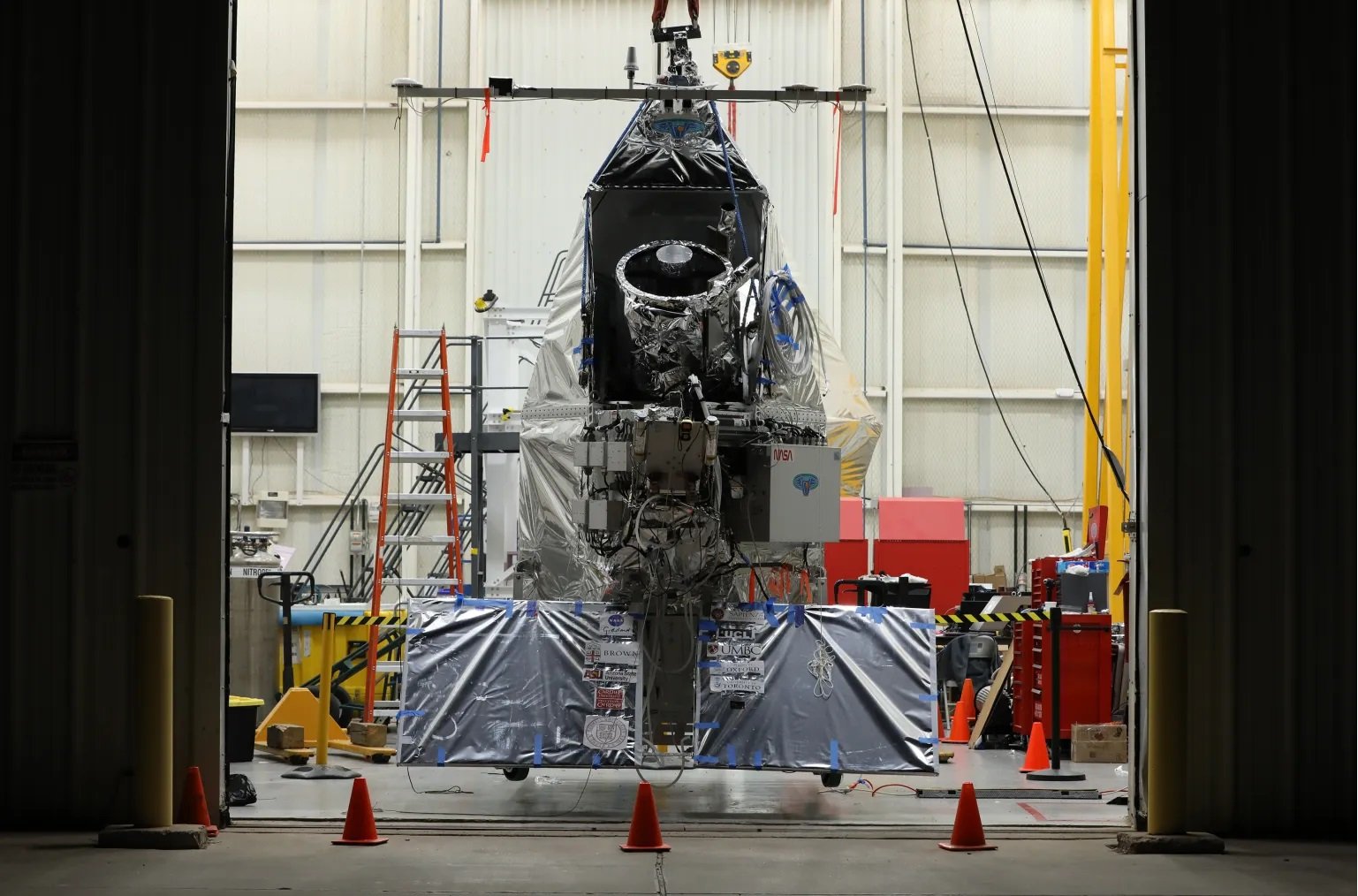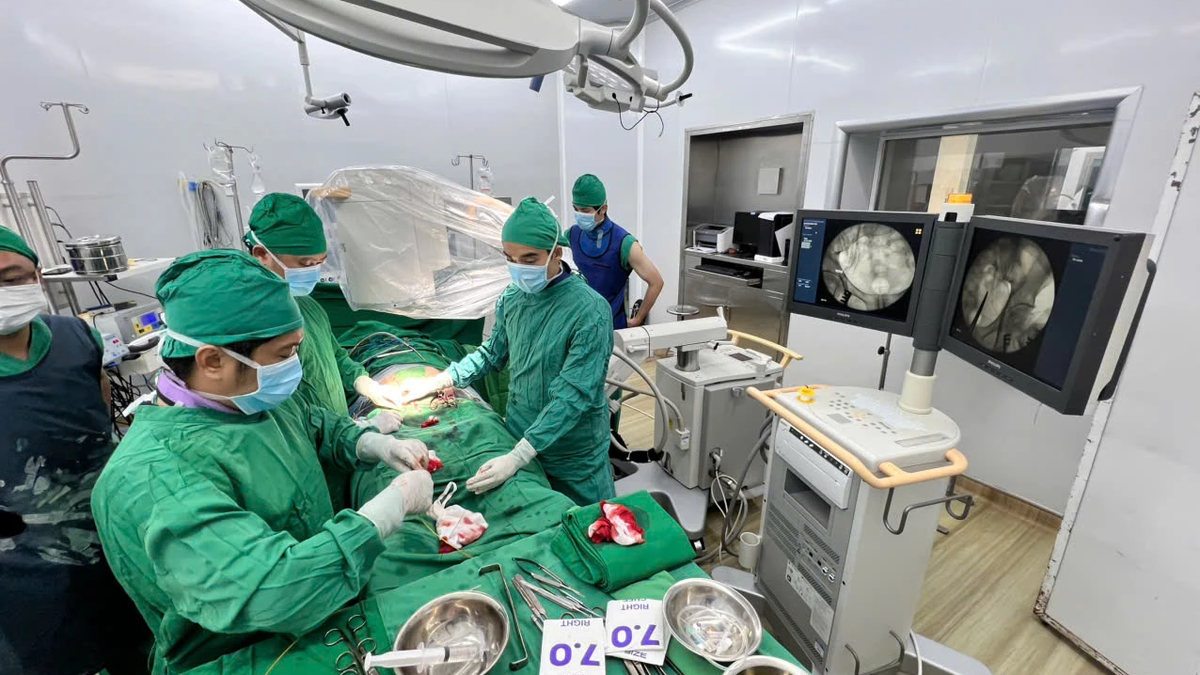(NLDO) - NASA's EXCITE warrior will turn its super-vision to tidally locked "hot Jupiters" outside the Solar System.
NASA says it is preparing for the first test flight of EXCITE, or the "Exoplanet Climate Infrared Telescope."
It's a cutting-edge instrument designed to study the atmospheres of exoplanets. Its first target will be tidally locked hot Jupiters, some of the most extreme planetary types in the universe.

NASA's EXCITE telescope at the manufacturing facility - Photo: NASA
"Hot Jupiters" are gas planets that are about the same size and mass as our planet Jupiter, sometimes many times larger.
Some of these planets orbit so close to their parent star that they become tidally locked, meaning the star's strong gravitational pull keeps them rotating in only one hemisphere toward the star.
A classic example of tidal locking is the Moon, which always faces Earth with only one side.
Tidal locking turns hot Jupiters into two-sided planets, one side as hot as hell, with metals vaporized into clouds, and the other side much cooler.
Previously, other NASA telescopes have helped humanity know about the existence of this extreme type of planet, as well as learn a little about them and make some arguments.
But to understand specifically what's inside the atmospheres of "hellish" worlds and what's going on up there, NASA needs a more powerful warrior.
EXCITE is tasked with observing how heat is distributed across the planet, from the hot hemisphere facing the star to the relatively cooler night side.
It will also determine how molecules in a world's atmosphere absorb and emit light across the entire orbit.
This data could not only reveal the chemical composition of those distant worlds — for example, the presence of water, methane, carbon dioxide and other compounds — but also how they circulate around the globe as the planet orbits its star.
Predecessor telescopes such as Hubble, James Webb and Spitzer have collected some of these measurements.
For example, in 2014, Hubble and Spitzer observed an exoplanet called WASP-43 b. To collect data for the planet's 22-Earth-hour day, they had to sift through 60 hours of Hubble observations and 46 hours of Spitzer data.
However, these telescopes are also having to perform countless other tasks, so such "utilitarian" research becomes more and more troublesome and difficult.
That's where EXCITE comes in - a balloon-borne telescope that operates at the poles and at an altitude of 99.5% of the atmosphere.
Thanks to this, it has a more convenient view of the targets as well as clear observation without fear of interference.
But first, EXCITE must complete a test flight from the Columbia Scientific Airship Base in Antarctica, where it can see the ever-changing target stars and double the amount of data it collects.
Source: https://nld.com.vn/nasa-ra-mat-chien-binh-chinh-phuc-sieu-hanh-tinh-hai-mat-196240827113806782.htm





































































































Comment (0)